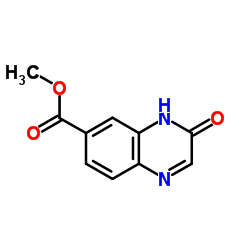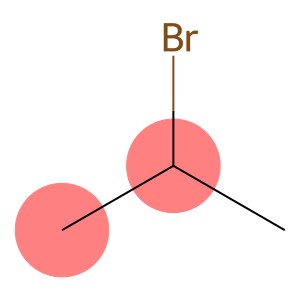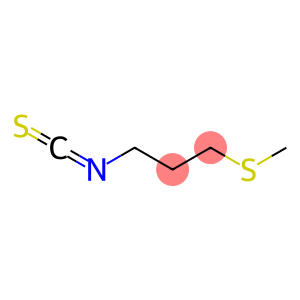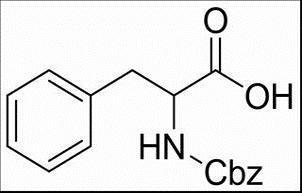Methyl 3-oxo-3 4-dihydro-6-quinoxalinecarboxylate(CAS# 357637-38-8)
Introduction
Methyl 3-oxo-34-dihydro-6-quinoxalinecarboxylate (CAS # 357637-38-8) is a compound with unique properties in the field of organic chemistry.
From the appearance, it generally presents a specific crystal state or powder form, with a color of white or off white, and has relatively stable physical appearance characteristics. In terms of solubility, it has a certain degree of solubility in some organic solvents, such as in some moderately polar organic solvents such as ethyl acetate and chloroform, but its solubility in water is poor.
From a chemical structure perspective, its molecules contain quinoxaline structures and carboxymethyl groups. The quinoxaline structure endows the molecule with a certain degree of aromaticity and conjugated system, giving it unique electronic effects and exhibiting special reactive sites when participating in chemical reactions. The carboxymethyl group can serve as an important site for subsequent functional group conversion and derivatization reactions, for example, it can be converted into the corresponding carboxylic acid through hydrolysis reactions, and then used to construct more complex compounds containing quinoxaline structures.
In the application field, it is often used as an important intermediate in pharmaceutical chemical synthesis, and is a key raw material for constructing some quinoxaline derivatives with potential biological activity. It is of great significance for the development of new drugs for the treatment of certain diseases; At the same time, in the field of materials science, it can also be used as a functional molecular block for synthesizing organic materials with special optoelectronic properties, helping to develop new functional materials.
When storing and using, due to its chemical structure characteristics and potential reactivity, it is necessary to avoid prolonged exposure to strong light and high temperature environments to prevent decomposition or unnecessary chemical reactions. At the same time, it should be kept away from strong acidic and alkaline chemicals, and placed in a dry, cool, and well ventilated environment to ensure the stability of its chemical properties and the safety of its use.








